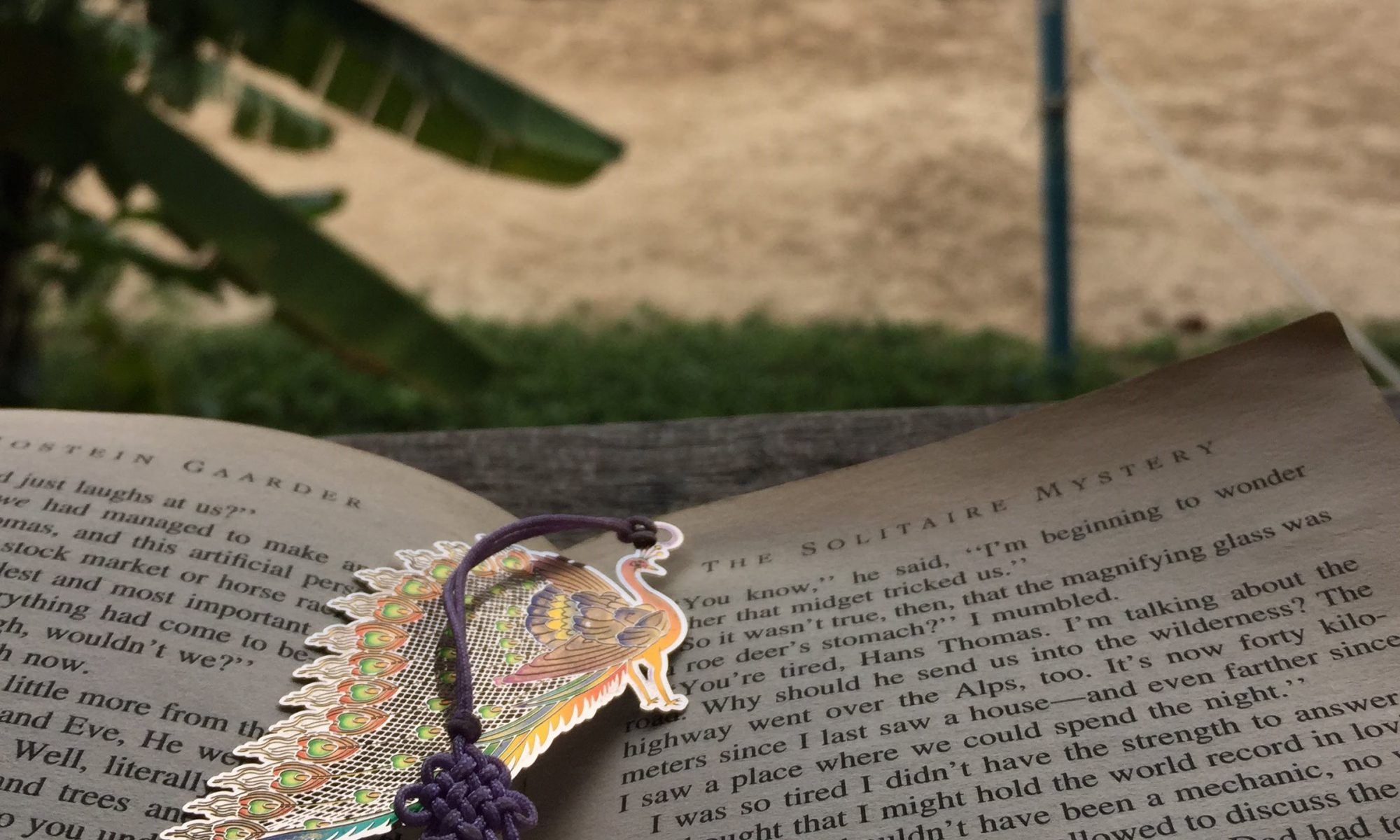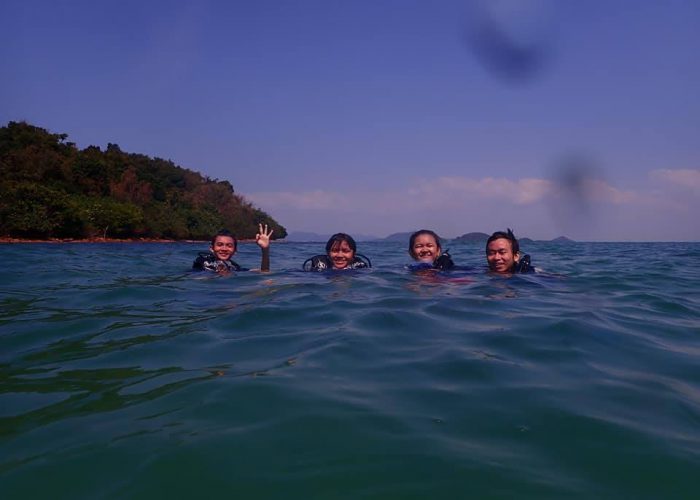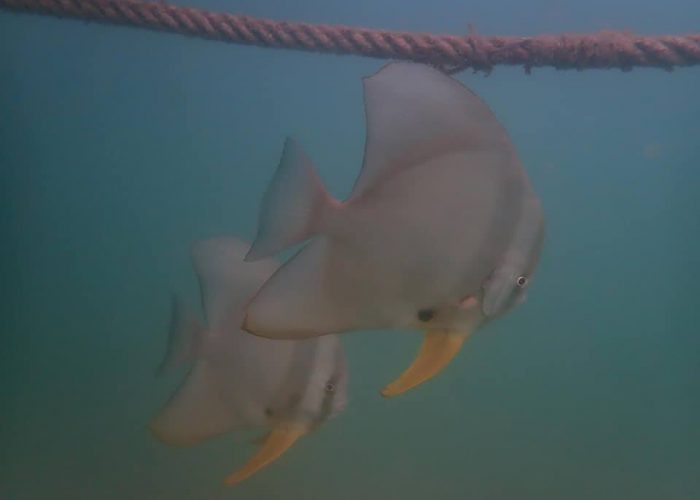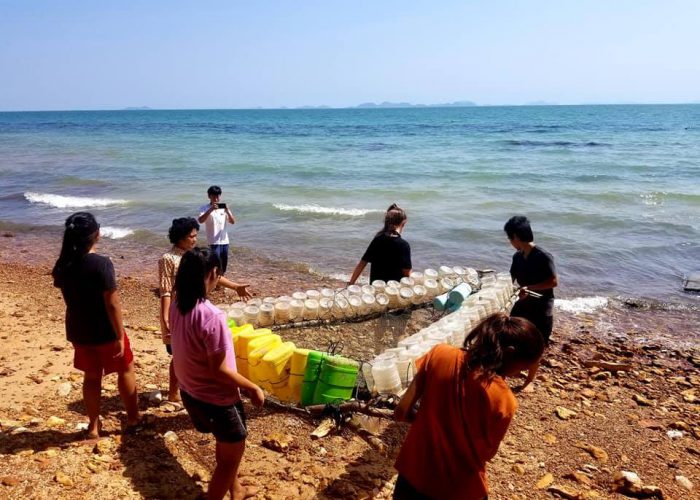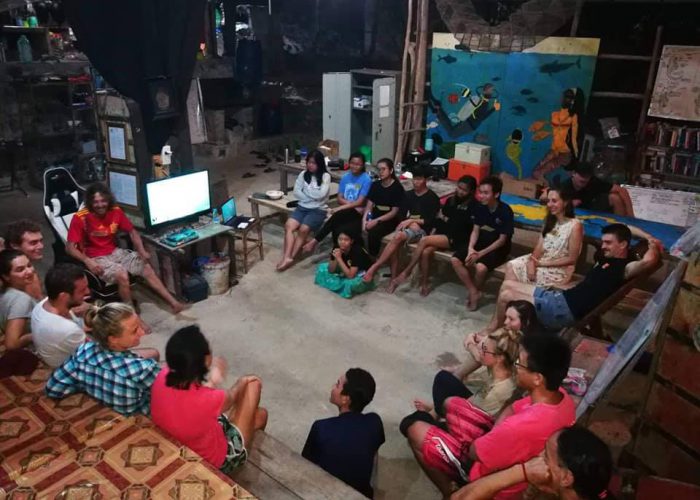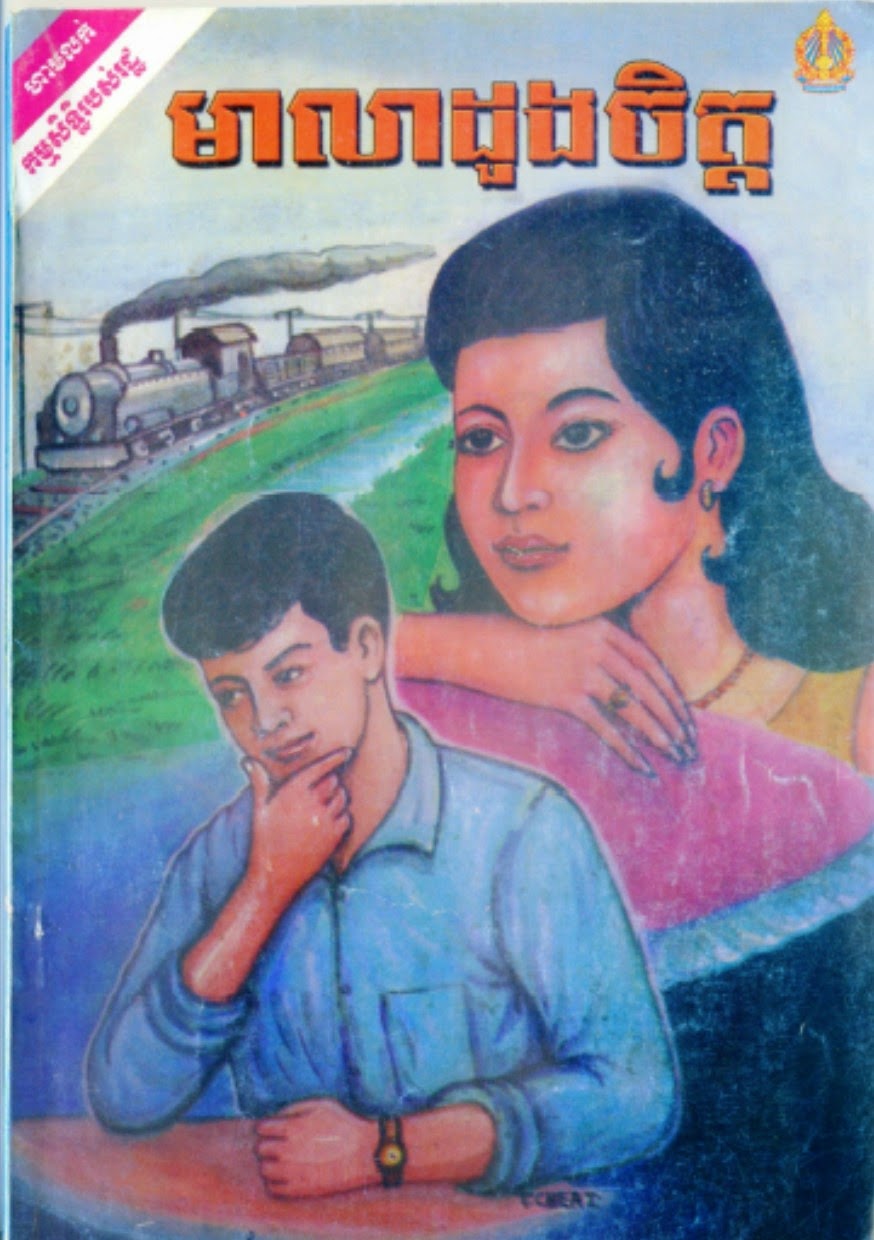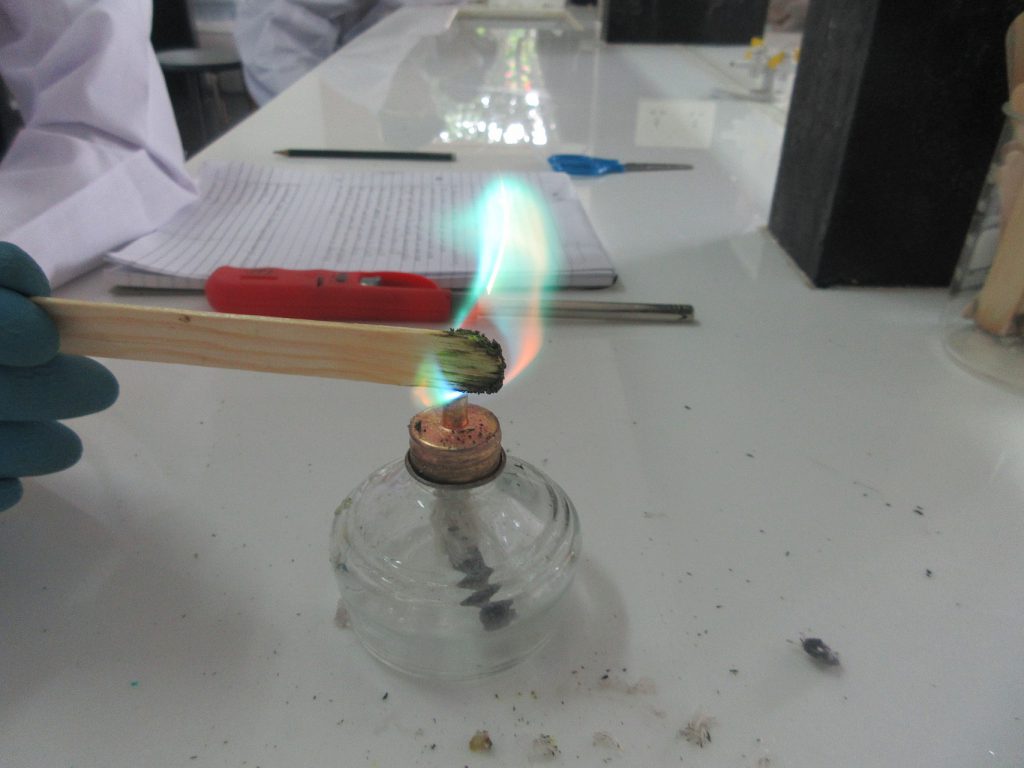In literacy essential, we examined the topic of American history as our first unit. Using the platform CommonLit and other resources, we dissected the speech “Give Me Liberty, Give Me Death,” understood the causes of American Civil War, analyzed the Great Depression and etc, while also expanded our vocabulary usage and studied grammatical concepts. At the end of the term, we were able to choose our final assessment project. I chose to write a rhetorical analysis essay on President Franklin Delano Roosevelt first inaugural address “Only Thing We Have to Fear Is Fear Itself.” Below is the essay I’ve written about how and why FDR used the rhetorical appeals in his speech.
Rhetorical Analysis on FDR’s First Inaugural Address
“Only Thing We Have to Fear Is Fear Itself”
Starting in 1929, one of the most tragic economic crisis, the Great Depression, occurred. This catastrophe caused many citizens to be unemployed and bank loans were halted. However, when President Franklin Delano Roosevelt (FDR) was elected in 1932, he promised to bring America out of the depression by providing jobs to citizens and strengthening America’s policy. In his inaugural address — delivered on March 4th, 1933 — President FDR explained the economic issues that America was facing and presented his solutions to the audience. Throughout his rousing speech, FDR offered logical solutions about the problems arisen in the United States from 1929 to 1939. He projected his speech in a unifying language that built his credibility to “fix” America and reassure Americans to believe through government involvement and collaboration, America could recover.
Throughout his speech, President FDR used the logos appeal to describe the problem America faced and the reason behind his proposed solutions to reform the US Constitution. FDR explained the dire condition of the economy concerning America to reinforce the importance of his speech. He elaborated on the problem by stating, “values have shrunken to fantastic levels; taxes have risen; our ability to pay has fallen; government of all kinds is faced by serious curtailment of income…” He also proved his solutions would work by asserting, “we are stricken by no plague of locusts,” and “our Constitution is so simple and practical that it is possible always to meet extraordinary needs by changes in emphasis and arrangement without loss of essential form.” These logical reasons persuaded the audience that his resolutions were necessary and had the ability to pull America out of the Great Depression.
In addition to the appeal to logic, President Roosevelt used ethos by communicating in phrases that built his reliability with his audience and guaranteed he had the ability to heal his country. He assured the audience that he will solve the economic issue of his country by claiming, “I shall spare no effort to restore world trade by international economic readjustment, but the emergency at home cannot wait on that accomplishment.” Later in his speech, he went on to say, “for the trust reposed in me, I will return the courage and the devotion that benefit the time. I can do no less,” which further ensure his audience. With these promises, President Franklin Roosevelt had made his citizens believed that he would support them.
Similarly, FDR established a relationship with his citizens by using pronouns such as “we” and “our,” and called his citizens to collaborate with the government in order to build up the trust for him. He emotionally conveyed, “we face the arduous days that lie before us in the warm courage of the national unity.” With this he called the citizens to action by pleading, “if I read the temper of our people correctly, we now realize as we have never realized before our interdependence on each other; that we can not merely take but we must give as well.” By entreating this, he emphasized the importance of collaboration to both the citizens and the government, therefore, convinced Americans to rely on him while also cooperate.
On the whole, President Franklin Delano Roosevelt effectively delivered his first inaugural speech with rhetorical appeals such as logos, ethos, and pathos. His influential speech is still engraved in American citizens today. Besides, he did not just present his solutions in his speech but also execute them to action. Many of the policies that were established during his time in office still serve Americans today, and this is part of the reason why he remains one of the most respected American presidents.
